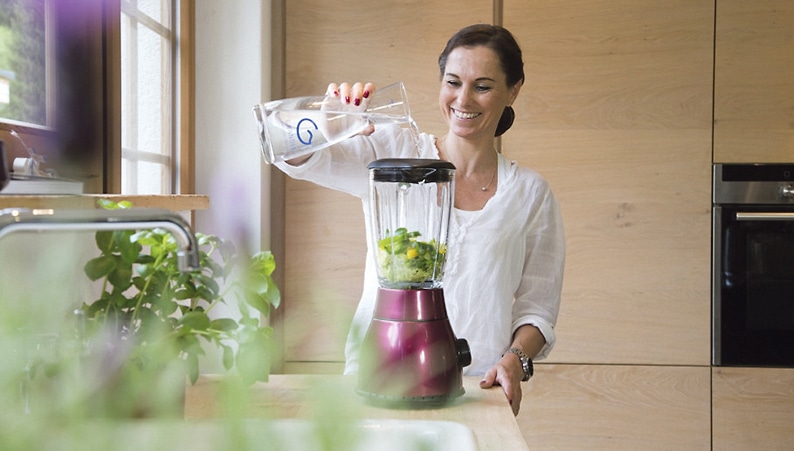This month we look at the seventh principal of permaculture, and the first that takes a ‘top-down’ approach, looking at the big patterns and detail that should be used to guide the detail of design. In classic permaculture design it is the pattern of nature that should dictate the design. Permaculturalists map the sun, shade, wind, water and soil composition before deciding what to plant.
When looking at a town like Clonakilty, Bandon or Skibbereen, you can see the rivers that run through the centre of town can be used to guide the general flow. The towns are developed in zones, with shops and services at the centre and then residential areas surrounding. When thinking about sustainable design, or the ‘Cool Clon’ initiative we could look at the way the roads and shops are laid out, and determine the best use of public space. A main street is a beautiful thing, and of course something that needs to be the focal point in sustainable town design. The upcoming pedestrianisation of main streets is a great example of how looking at the big picture, ie. the reality that there is too much traffic on our main streets to be able to enjoy them properly, especially with social distancing, led to the detail – the plan to pedestrianise and all the details that go with it.

The layout of a town, house or garden dictates the flow of people through that space. If we look at Lady’s Cross and The Miles estates (including the 300 houses about to be built in that South-West corner of Clonakilty), we could use permaculture to best design a pattern for traffic to flow, and bike and pedestrian paths so that those estates are well connected to the centre of town. Then, by using landscaping, lighting, traffic calming and so on, the details can make walking or cycling to town an attractive prospect for the people that live there. Another example of designing from pattern to detail is the new roundabout next to the distillery in Clon. Traffic can now much more easily flow around the curves of a roundabout with less congestion from cars backing up when entering the junction from the Inchydoney road. However, looking at it from a sustainable design perspective, both cyclists and pedestrians were left out of the design, resulting in a new Primary Healthcare Centre, retail complex and parking with no safe pedestrian access connecting it to town. The pattern drove the design, but the detail will determine how we interact with the space.
In Ireland we already have the Design Manual for Urban and Rural Space or ‘DMURS’. These are a comprehensive set of guidelines that recommend how to layout our streets from ‘Pattern to Detail’. DMURS asks town designers planners and engineers to be “influenced by the type of place in which the street is located, and balance the needs of all users.” It goes into great detail on how things like road junctions should be laid out to maximise safety and comfort of all road users, always including pedestrians and bicycles. It also suggests simple ways to slow traffic on main streets, as well as how to best integrate car parking into design. Design can make all the difference when it comes to whether or not we feel comfortable walking somewhere at night, whether or not we ‘need’ to get in the car to access local shops, or whether or not we worry about the safety of our children walking to school or the beach. This month, when you’re out and about, consider the elements in your town that make you feel comfortable, the elements that dictate how you interact with public spaces and those elements that, with a small change, could be made more people- and earth-friendly.



